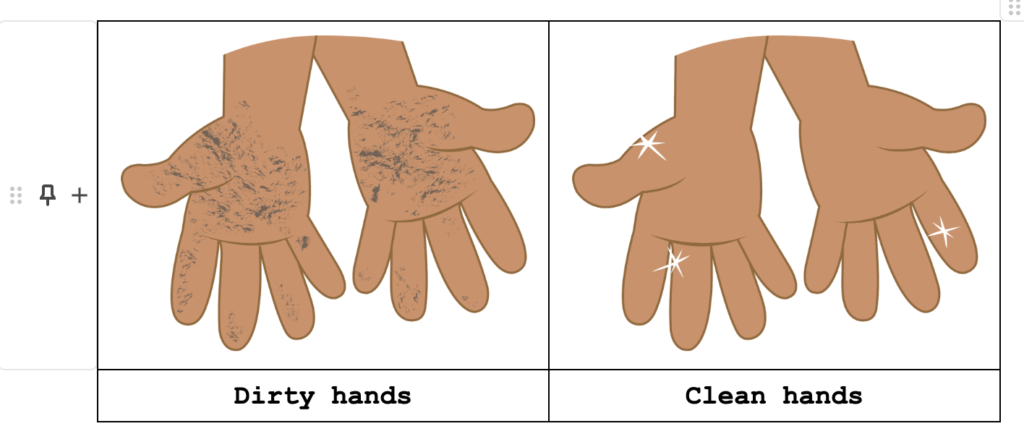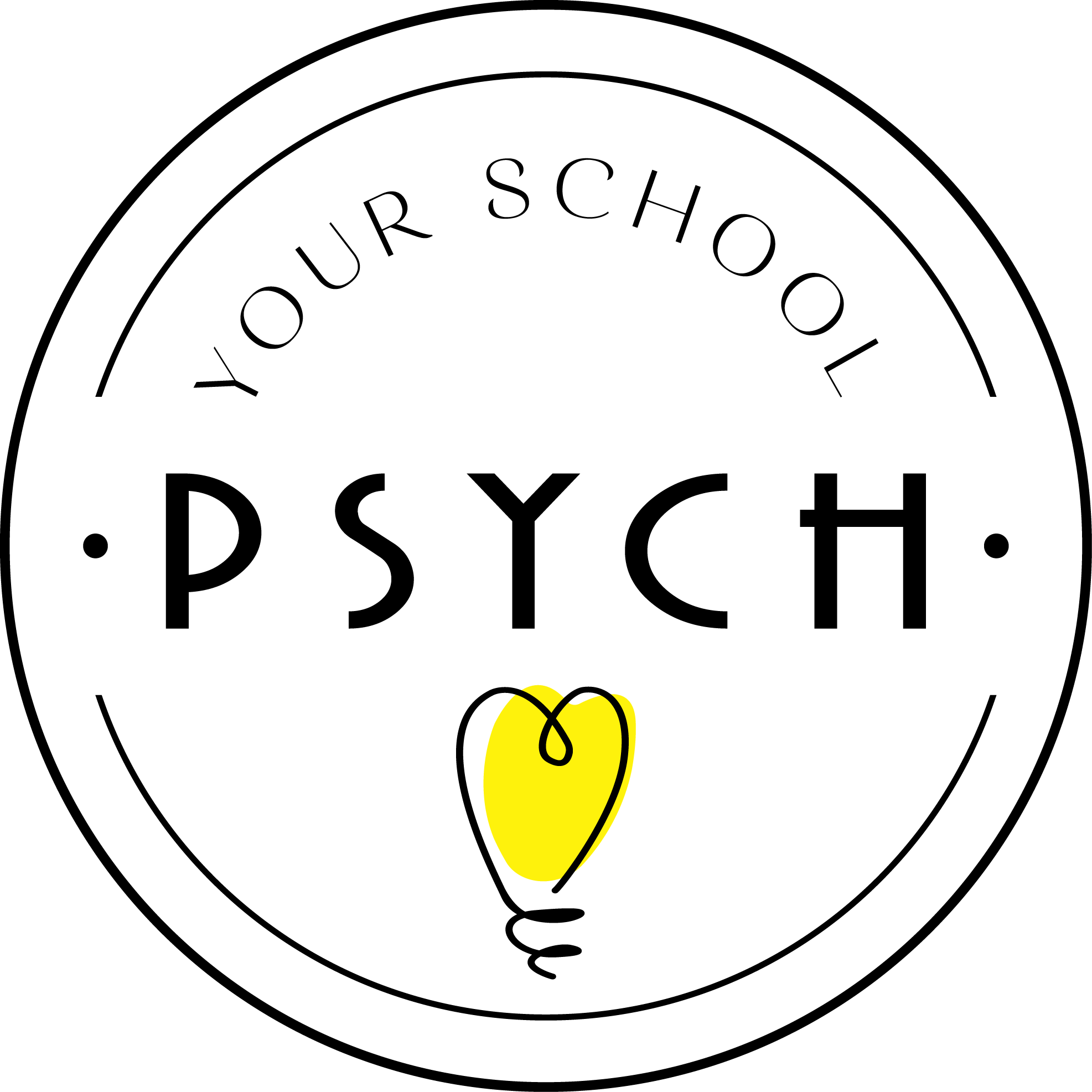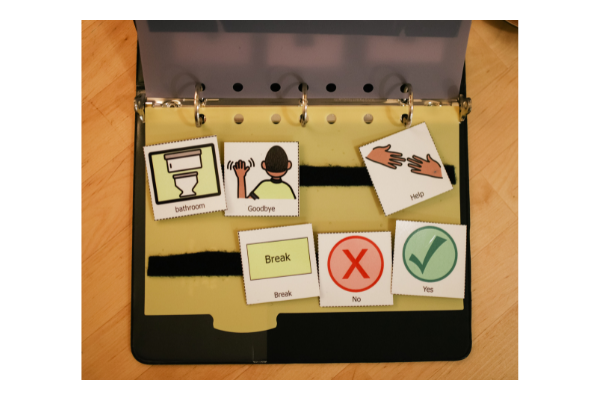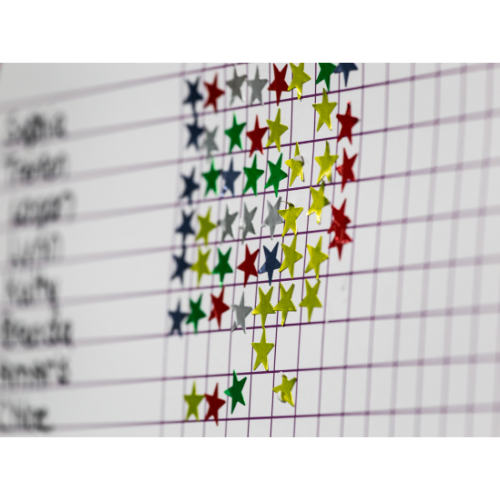In my job, I work with students with complex communication, academic, and behavioral needs. I have built up a toolbox of strategies to support my students over the years, and I am going to share one of my favorites, creating a task analysis!
When one of our behaviorists suggested that I create a task analysis for one of my students who was struggling with transitions, it sounded like a complicated task. In reality, it was pretty easy! It just takes a little time and some persistence to create.

What is an example of a task analysis?
In Applied Behavior Analysis (ABA), task analysis refers to a specific process used to teach complex skills by breaking them down into smaller, more manageable steps. You can create a task analysis for literally ANY task!
Creating a task analysis involves the following steps:
- Identify the specific skill or behavior that you want to teach. This could be something like brushing teeth, or it could be joining in play with others.
- Break down the task into steps: Divide the task into smaller, sequential steps. The steps should be clear and specific actions that when combined, lead to the successful execution of the target skill.
- Define the prompts: Determine the type and level of prompt that you will use to guide your child or student. Prompts can be physical (like physically guiding someone somewhere), verbal, or pointing. We always want to make sure that we are using the least intrusive prompt needed.
- Teaching plan: develop a teaching plan that outlines how you will introduce and teach each part of the skill. The plan should include the order in which the steps will be taught, the prompts for each step, and how you are going to fade back the prompts as you go.
- Data collection: As your child or student progresses through the steps, collect data! This can help track the progress, and identify the areas that may need extra teaching or support!
- Prompt fading: Gradually reduce the level of prompts as the individual becomes more proficient in performing the steps. The goal is to eventually have the individual complete the entire skill independently (yay!!)
- Reinforcement: Reinforcement: Provide positive reinforcement for successful completion of each step and the overall skill. Reinforcement can be in the form of praise, tokens, rewards, or any other meaningful consequence.
- Generalization: Once your child or student can use the skill successfully in one setting (like potty training), then let’s start having them use that skill outside in the community! This is a big and exciting step! You can bring the visuals and reinforcers that you use at home to help you out in the community.

What is an example of a task analysis in teaching?
I have used task analysis to teach many things at school! One of the most common tasks that we teach in our classrooms is handwashing.

When I teach students this skill, I point to the visuals and use verbal prompts. I put the handwashing visual near the sink, so the students can reference it as they wash their hands.
As the students become more independent in washing their hands, the staff and I stay back and point to the visuals as needed. It has been so cool to watch our kids grow in this skill!

This handwashing sequence can be changed as needed. If your child or student struggled with putting the wet paper towel in the garbage, that picture could be added to the end of the sequence.
If your child or student is learning about having clean or dirty hands, you can have them identify which hands their hands look like with the use of the visual. When they choose the “dirty” hands, you can prompt them to use the hand washing sequence above.

Increasing independence
The key is to fade prompts gradually as the individual becomes more independent in performing each step. Consistent practice, reinforcement, and positive feedback are essential components. Additionally, each individual is unique, so it’s important to customize the task analysis and prompts based on their learning style and needs.
Do you need help setting one up for your family? If so, I can help! Let’s chat 🙂






